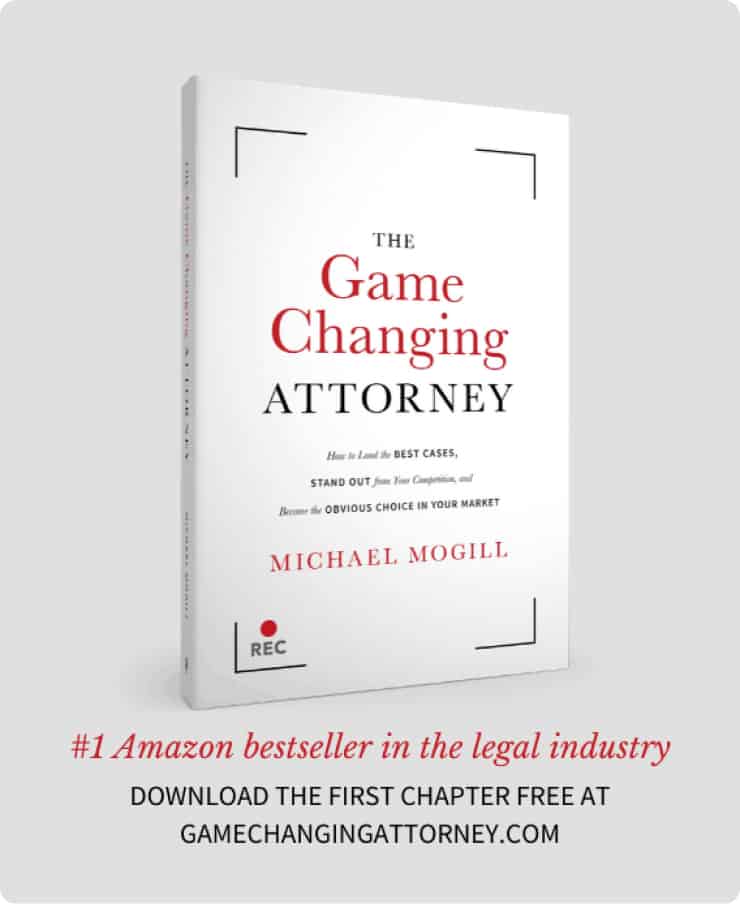In today’s business landscape, providing excellent customer service is no longer a nice-to-have — it’s a necessity. Salesforce reports that poor customer service costs companies in the U.S. a staggering $62 billion annually.
However, businesses that prioritize a client-centric approach and continuously improve their service standards see a 60% higher profit compared to those that neglect customer satisfaction, as reported by the CX Index.
By seeking out ways to continuously improve client service standards, law firms will not only set themselves apart from their competitors but also pave the way for higher returns.
The Importance of Client Feedback
When you gather feedback from your clients, it’s important to establish a dynamic, iterative process that focuses on three areas: capturing their assessments, analyzing information to create actionable insights, and following up on feedback that requires your response.
Often referred to as feedback loops, this process fosters an environment where client opinions are encouraged and systematically used to drive improvement. Think of feedback loops as an ongoing dialogue between you, your clients, and your team that enables your firm to remain agile, responsive, and ahead of the curve. This cycle not only ensures that services remain aligned with client needs but also empowers law firms to anticipate and proactively adapt to changing demands.

How to Collect Meaningful Client Feedback
Collecting meaningful feedback from your clients is an art and a science, requiring thoughtful strategies that encourage open and honest communication. Here are five methods you can use to facilitate conversations with your clients about their experience:
- Surveys and questionnaires: Use these tools to ask specific questions using a mix of open-ended and ranking questions to gather qualitative insights.
- Customer interviews: Conduct one-on-one interviews with clients to dive deeper into their experiences.
- Focus groups: Bring together small groups of clients to discuss their perceptions.
- Social media listening: Keep an eye on your law firm’s social media channels as clients often use these platforms to provide candid feedback.
- Feedback forms on your website: Make it easy for clients to leave feedback at any time by incorporating a feedback form into your website.
Providing multiple feedback channels allows for a broader range of client engagement, accommodates various preferences, and enhances the likelihood of obtaining comprehensive and actionable insights.
Transforming Client Feedback into Strategic Roadmaps
Once you’ve gathered feedback, the real journey begins. It all starts with a deep dive into the data, leveraging metrics like Net Promoter Score (NPS), Customer Satisfaction Score (CSAT), and Customer Effort Score (CES) to gain invaluable insights. Each metric offers a unique perspective on your service quality, from client advocacy (NPS) to overall satisfaction (CSAT) and service accessibility (CES).
With this data in hand, the next step is to identify common threads and recurring themes, pinpointing key focus areas that hold the most potential for enhancing client satisfaction. By categorizing feedback and recognizing patterns, you lay the groundwork for targeted improvements that make a real impact.
Armed with a clear understanding of your priorities, it’s time to set quantifiable goals for progress. Whether it’s boosting NPS by a certain percentage or streamlining processes to reduce CES, each goal serves as a guiding light on your journey toward excellence.
By analyzing feedback, prioritizing focus areas, and setting quantifiable goals, you transform client feedback into a roadmap for continuous improvement. This strategic approach ensures every piece of feedback serves as a stepping stone toward elevating your service standards and enhancing client satisfaction.

Implementing changes and closing the loop
Converting insights into tangible improvements based on client feedback is the cornerstone for closing the feedback loop, and effective implementation starts with clear internal communication about priorities and goals.
Engage team members from various departments in developing targeted plans that outline specific actions, timelines, and responsibilities. Once a plan is in place, establish regularly scheduled reviews to give your team a chance to assess the effectiveness of implemented changes and make necessary adjustments.
Inform your clients about the changes made in response to their input. This open communication not only completes the feedback loop but also reinforces their trust in and commitment to your law firm.
Final Thoughts
Establishing and nurturing feedback loops is a transformational step toward unparalleled client service. By strategically collecting, analyzing, and acting on client feedback, law firms can refine their service models, enhance satisfaction, and, ultimately, achieve a competitive edge in the legal marketplace. The journey of evolution is marked by the willingness to listen, adapt, and engage in an ongoing conversation with clients.







